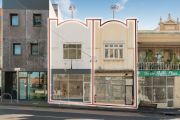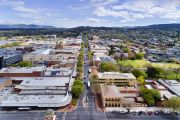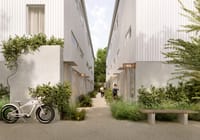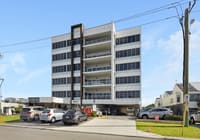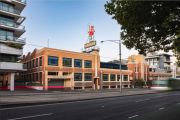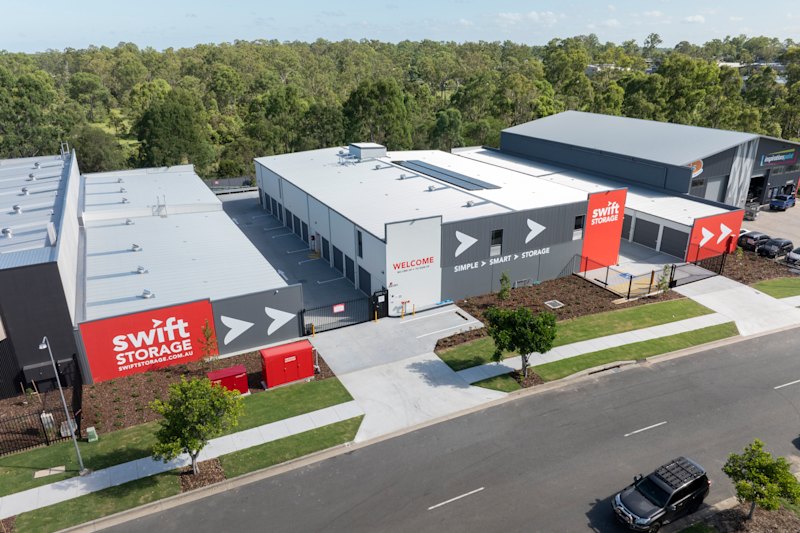
Healthcare property outperformed offices, retail and industrial assets in 2017
Healthcare real estate has emerged as the standout property sector with investors chasing better value as yields tighten across other sectors, new research shows.
The healthcare sector outperformed the three core asset classes – offices, retail and industrial – with a total annual return, including both capital growth and income yields, of 22.9 per cent in 2017, according to MSCI’s Property Council/IPD Australia Property Index Q4 2017.
Hospitals returned 25.4 per cent, while medical centres yielded 16.2 per cent.
The office market was the best performer of the core sectors at 13.4 per cent, followed by industrial assets at 11.1 per cent and retail property at 10.1 per cent.
Michael Sheffield, Dexus’ fund manager, told the audience at a Sydney seminar on Wednesday that the healthcare sector was “gaining momentum” among institutional investors.
“The things that are driving this growth are the institutionalisation of the asset class, also the characteristics that people are chasing: there’s strong population growth in Australia, ageing population, there’s increased desire for use of healthcare services,” he said.
“Combined with that, we’ve got an ageing stock of assets so there needs to be more built and the designs (the market is seeking) are different, they’re looking for more modular designs.”
Glenn Riley, senior investment manager at Commonwealth Superannuation Corporation, said investors considering healthcare or other alternative assets, including student accommodation and data centres, were chasing higher returns.
“I think investors are struggling to find good value anywhere at the moment and they’re really focused on relative value, and those sectors, on face value, do appear to have certainly higher yields,” he said.
“We are seeing some blurring of lines between traditional real estate and other sectors that might not have always been in the private market.”
Pauline Tan, partner at Ashurst, said the performance of healthcare was “relatively expected”.
“When you look at the underlying economic drivers and trends internationally, there’s been much more of a move towards alternative asset classes, particularly because in Australia and specifically in Sydney, it’s been difficult finding quality assets and at the right price,” she said, adding that she expected greater growth to continue in the non-core asset classes this year.
“We’ve seen a lot more in the development of those alternative asset classes in logistics/warehousing, student accommodation, healthcare and hotels, with the latter probably to a lesser extent because of the trading of many of the five-star trophy assets that exchanged hands in 2014/2015.”
Rapid and resilient growth
MSCI’s global real estate research vice president Bryan Reid said that commercial real estate values were growing relatively rapidly, especially when compared with yields.
“The wave of capital growth in this cycle is much faster than the previous cycle. At the same time, this cycle hasn’t been going for anywhere near as long as the last cycle,” he said.
“Capital growth is playing an ever increasing role in supporting that total return.”
Despite showing the worst performance out of the three core asset classes, retail property had held up through the disruption of online shopping, Mr Reid said, with returns remaining at 10.1 per cent across 2016 and 2017.
“We can see that despite the proliferation of negative headlines, despite the continued growth and share of e-commerce, retail returns have been quite resilient,” he said.
“What we’re seeing is a change in the retail landscape happening right before our eyes. Your anchor tenant of yesterday isn’t necessarily going to be the anchor tenant of tomorrow.
“Whether it’s particular restaurants, or experience-based tenants, or pop-up stores, a whole range of solutions are being deployed to reposition retail assets and that’s why we haven’t seen a significant drop-off in the performance of retail assets.”
Charlotte Stratton, head of leasing at the GPT Group, agreed that these solutions were key to keeping shopping centres relevant.
“Our retail specialists continually try to make sure that of the consumer dollar spent in shopping centres, we’re getting our right share by getting people there for other reasons than they were 20 years ago.”

